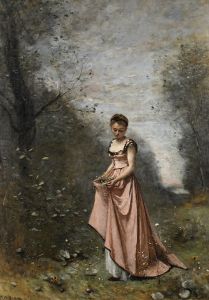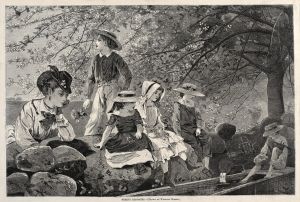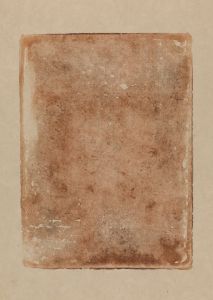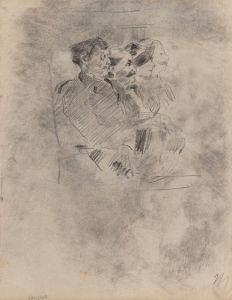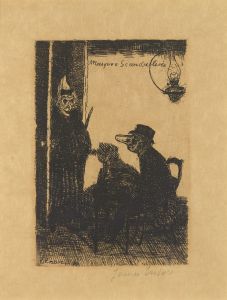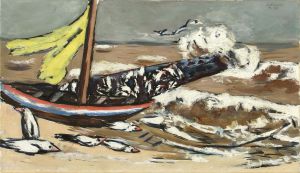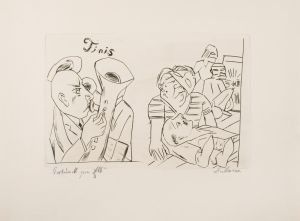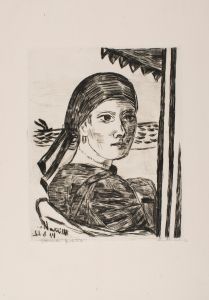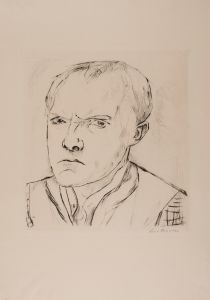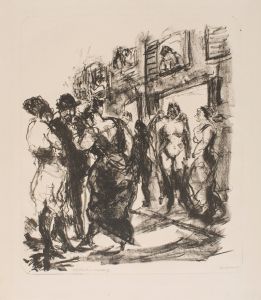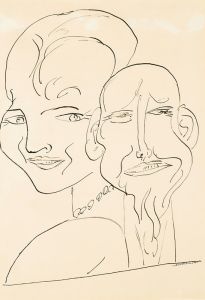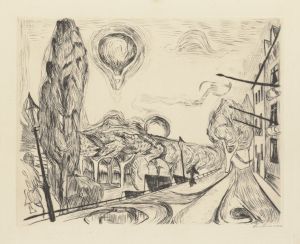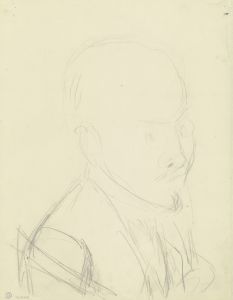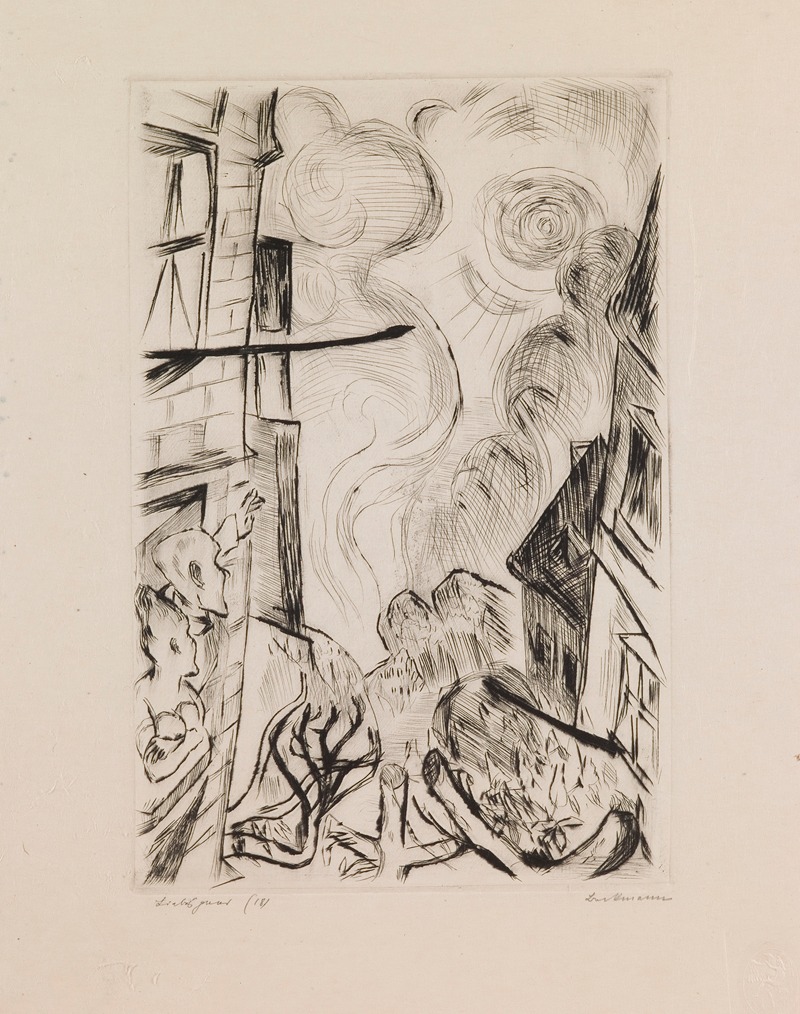
Spring, plate 13 from the portfolio ‘Faces’
A hand-painted replica of Max Beckmann’s masterpiece Spring, plate 13 from the portfolio ‘Faces’, meticulously crafted by professional artists to capture the true essence of the original. Each piece is created with museum-quality canvas and rare mineral pigments, carefully painted by experienced artists with delicate brushstrokes and rich, layered colors to perfectly recreate the texture of the original artwork. Unlike machine-printed reproductions, this hand-painted version brings the painting to life, infused with the artist’s emotions and skill in every stroke. Whether for personal collection or home decoration, it instantly elevates the artistic atmosphere of any space.
Max Beckmann, a prominent German painter and printmaker, created "Spring, plate 13 from the portfolio ‘Faces’" in 1918. This work is part of a larger series of prints that Beckmann produced during a tumultuous period in his life and in European history. Beckmann is often associated with the Expressionist movement, although he himself rejected this label, preferring to be seen as an independent artist.
The portfolio "Faces" (originally titled "Gesichter" in German) consists of a series of lithographs that Beckmann created shortly after World War I. This period was marked by significant personal and societal upheaval. Beckmann had served as a medical orderly during the war, an experience that profoundly impacted his work and outlook on life. The trauma and disillusionment he felt are often reflected in the intense and sometimes unsettling imagery of his post-war creations.
"Spring" is the 13th plate in this portfolio and exemplifies Beckmann's skill in capturing the complexities of human emotion and experience. The lithograph features a composition that is both intricate and evocative, characteristic of Beckmann's style. His use of bold lines and stark contrasts helps to convey a sense of depth and intensity. The subject matter, as with many of Beckmann's works, is open to interpretation but often reflects themes of renewal and the cyclical nature of life, which are suggested by the title "Spring."
Beckmann's work during this period is notable for its departure from the more traditional forms and subjects that dominated his earlier career. Influenced by the horrors of war and the subsequent political and social instability in Germany, his art took on a more introspective and critical tone. The "Faces" portfolio, including "Spring," is a testament to this shift, showcasing his ability to blend personal experience with broader existential themes.
The lithographs in the "Faces" portfolio were created using a technique that allowed Beckmann to achieve a high level of detail and texture. Lithography, a printmaking process that involves drawing on a flat stone or metal plate with a greasy substance, enabled Beckmann to produce multiple copies of his works while maintaining the integrity of his original designs. This method was particularly suited to Beckmann's expressive style, allowing him to experiment with different effects and nuances.
"Spring" and the other plates in the "Faces" portfolio were well-received by contemporaries and have since been regarded as significant contributions to early 20th-century art. Beckmann's ability to convey complex emotions and his innovative use of printmaking techniques have cemented his reputation as a master of modern art.
Today, Max Beckmann's works, including "Spring, plate 13 from the portfolio ‘Faces’," are held in high esteem and can be found in major art museums and collections around the world. They continue to be studied and appreciated for their artistic merit and historical significance, offering insight into the mind of an artist who witnessed and responded to some of the most challenging events of his time.





